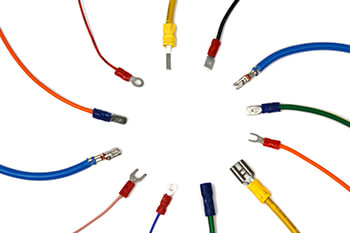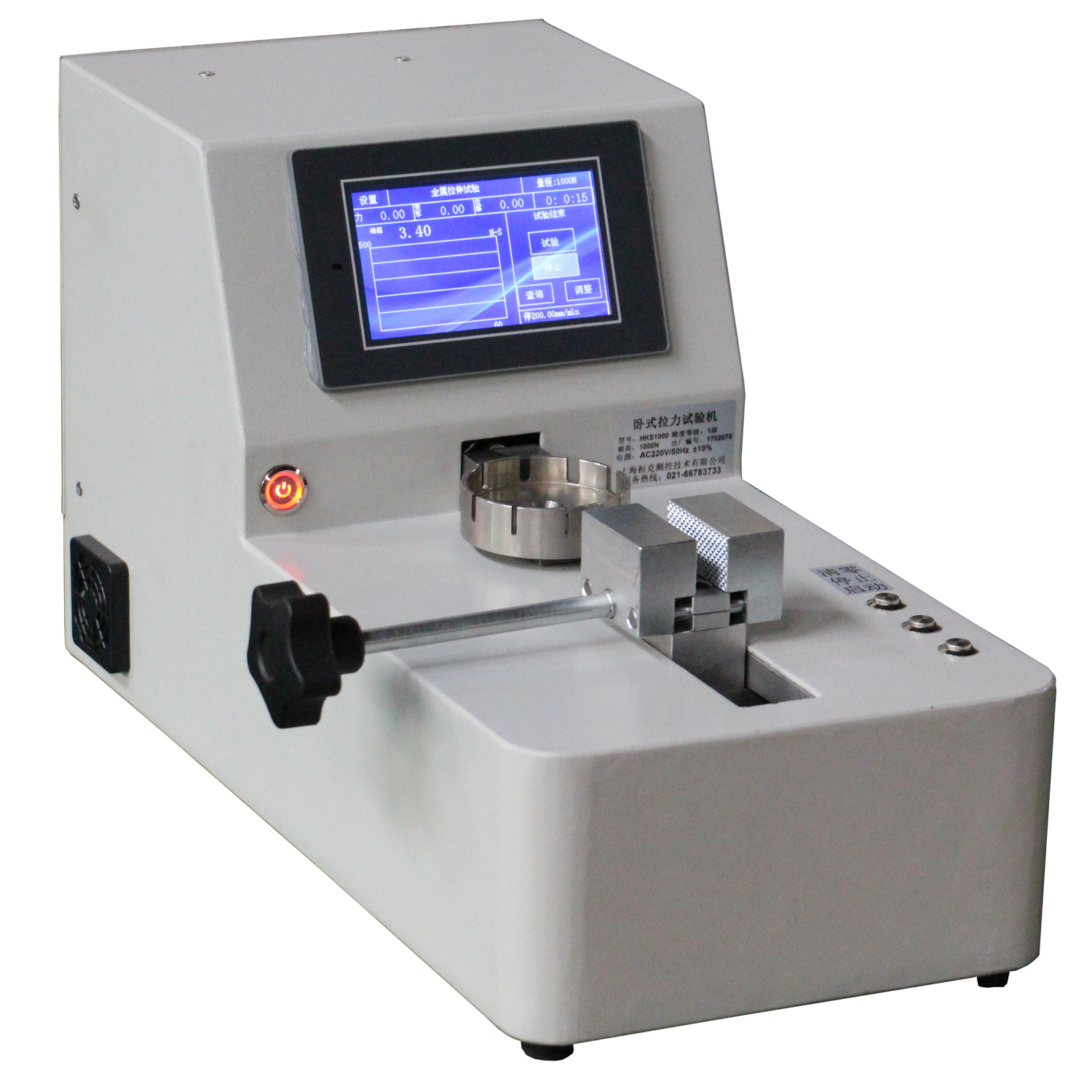- Universal testing machine
- Fixtures
- Medical/Biomedical device
- Vehicles motorcycle
- Compression/Flexural test
- Hardness tester
- Impact testing machine
- Torsion testing machine
- Abrasion & wear tester
- Plastic & Pipe testing
- Tensiometer / Goniometer
- Erichsen cupping tester
- Other Testing Equipment
- Grinding & polishing machine
- Spring testing machine
- Introduction
- Specification
- Accessories
- Standard
- LEAFLET & VIDEO
- Contact Us
Terminal pull test refers to the test to evaluate the mechanical strength between terminals and wires, crimping sleeves or other connecting parts by applying axial tension. Its core purpose is to verify the reliability of the connection and avoid open circuit, short circuit and other faults caused by insufficient strength.
Industry standard: the International Electrotechnical Commission (IEC) 60512 standard stipulates that the test force value should be set differently according to the terminal type (such as pin and Jack) and material (copper/gold plating). For example, automotive electronic terminals are usually required to withstand 15-30n tensile force, which may be as high as 50N in the aviation field (data source: IEC 60512-2-2018).
Application scenarios: it is widely used in long-term vibration or stress scenarios such as automotive wiring harness, home appliance controller, industrial equipment PCB, etc., and is a required inspection item for factory quality inspection and R&D verification.
Wire terminal, cable lug, wire crimp, solder, lugs etc., is widely use is various industry. The quality of a crimp joint depends on the strength of the joint as well as its electrical conductivity. Crimp joint testing can ensure the integrity of the final product. In general, wire connection lug testing can be broken into two categories; destructive pull testing and non-destructive pull testing. These tests both aim to determine a tensile force that the test wire can withstand. To meet the requirements of standard specifications, the tensile force that a wire can withstand must be greater than the minimum tensile strength defined by the standard.
other name: Cable lug pull tester, wire connector strength tensile test, crimp test, pull testing machine for wire lug, wire terminal; wire bond tensile strength testing machine.

Model: UWT-1
1, Max. load: 1000N
2, Stroke: 150mm
3, Clamping range: customized
4, Power: 220V, 110V.
Practical procedure of terminal tension test:
1. equipment preparation:
-A tensile testing machine with an accuracy of ± 1% shall be selected (such as a UWT-1 push-pull meter or WDW-5Y Cable lug, wire terminal tensile tester), and the fixture shall match the terminal shape (such as a U-shaped holder).
-According to the standard preset force value range, for example, when testing 0.5mm ² conductor, set the upper limit of pulling force to 20n (refer to UL 486a-2013).
2. test process:
-Step 1: fix the terminal vertically on the fixture to ensure that the stress direction is consistent with the axis.
-Step 2: apply tension at a constant speed (usually 5mm/s) until the terminal falls off or reaches the preset force value.
-Step 3: record the peak force value and observe the fracture position (ideally, the wire is broken rather than the terminal is out).
3. result judgment:
-Acceptance criteria: the measured force value is greater than or equal to the standard requirements (for example, the automobile harness terminal needs to be greater than or equal to 15N) and there is no terminal deformation.
-Failure analysis: if the force value is insufficient, check the crimping process (such as pressure/die size) or material compatibility.
3, Expanding knowledge: the key factor affecting test results
1). material combination: when the copper terminal is crimped with the aluminum conductor, the tensile value may be reduced by 20%-30% due to the difference in metal hardness (data source: SAE journal-2021).
2). environmental interference: high temperature (>85 ℃) will cause deformation of the plastic insulation sleeve, causing the test force value to fluctuate by ± 5%. It is recommended to operate in a standard environment of 23 ± 5 ℃.
3). test frequency: the sampling rate for mass production and quality inspection is usually 1%-5%, and 100% full inspection is required in the R&D stage to ensure data representativeness.
Model: UWT-1
1, Max. load: 1000N
2, Stroke: 150mm
3, Clamping range: customized
4, Power: 220V, 110V.
ASTM B913: Standard Test Method for Evaluation of Crimped Electrical Connections to 16-Gauge and Smaller Diameter Stranded and Solid Conductors.
ISO 1966: Crimped joints for aircraft electrical cables
ASTM F458: Standard Practice for Nondestructive Pull Testing of Wire Bonds1,2
EIA 364-08B: Crimp Tensile Strength Test Procedure for Electrical Connectors
SAE/AS 7928: Terminal, Lug, Splice, and Crimp Copper Strength Specifications










